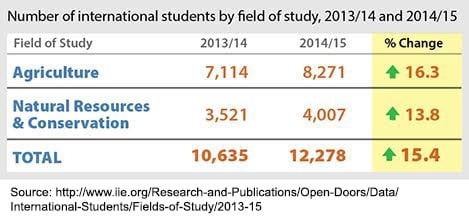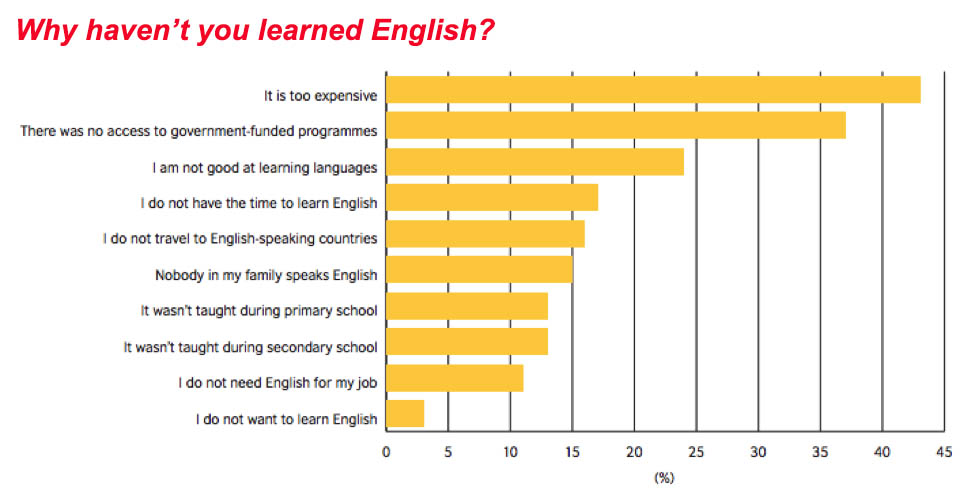How many mobile devices do you have? You got your cell phone, your tablet… Turns out in Saudi Arabia, a heck of a lot of people have more than one mobile device, too. We Are Social reports that the number of mobile subscriptions as a percent of total population = 173%.
Yes, More mobile subscriptions than there are people! So, we’ll ask you again, as we have in so many of our posts, is your international student recruitment content mobile friendly?
Let’s get to the point of this post: Saudi student recruitment. In the last few years, students from Saudi Arabia have certainly left their mark on international higher education. With the growth of government sponsored scholarship programs, such as the King Abdullah Foreign Scholarship Program (KASP), the number of students from Saudi Arabia studying in the U.S. for the 2014/2015 school year jumped to just about 60,000. That's an 11.2% increase from the previous year, according to the International Institute of Education (IIE). With numbers like these, you should be paying close attention to this market.
And most of you are. Paying attention that is. In our conversations with our colleagues at many institutions, we hear concern. A strong reliance on Saudi Arabian students to help meet recruitment targets might be leaving institutions vulnerable. Not unlike the reliance many schools have on Chinese or Korean students. When the political or economic winds blow, it affects a significant swath of your international student population.
You are not alone in this vulnerability. So we asked Emily, our international blogger, to dig into the international student recruitment scene in the land of Saud and let us know where and how to focus our recruitment efforts. As usual, she did a great job and found some really interesting research.
BOTTOM LINE: Potential changes being enforced by the Saudi Arabian Cultural Mission (SACM), are affecting how many Saudi students are studying abroad and the funding available. However, many Saudi students are able to pay their way, independently. When recruiting in this particular market, it will be essential to brush up on your Saudi cultural knowledge and reach out to prospective students online. Mobile phone apps, YouTube content and targeted landing pages will put you ahead of the competition and help you meet your recruitment goals. There's a lot of information in this post, read on...
Read More











